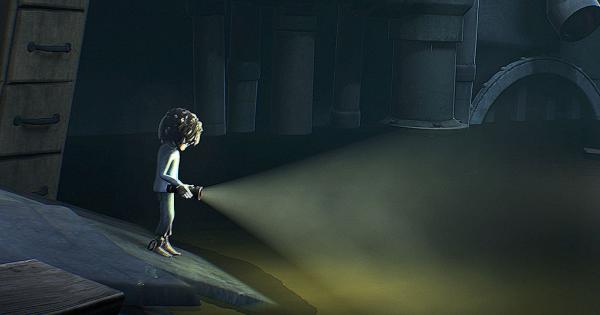

Every enemy, every room, every meat grinder you use to make a rope of sausages to swing from, contributes to the story of The Maw and Six’s seeming breakout. Little Nightmares’ closest relatives are Playdead’s exemplary Limbo and Inside, not just because of its faint glee at the idea of a child in mortal peril, but in how cleverly it braids together puzzle design and storytelling. At around five hours long, Little Nightmares feels slightly too brief –- the implied sense of scale suggests there was surely more Maw to see than the route Six takes –- but that’s perhaps testament to how much fun Tarsier has with throwing ideas at us and leaving them aside once they’re done.

#Little nightmares game how to#
Guiding a tiny, raincoated character called Six from left to right through the sea-swaying innards of The Maw (an ocean facility with a slowly revealed, despicable purpose) is a matter of avoiding instant-death hazards and gentle puzzling about how to proceed – but it rarely feels as plainly mechanical as that. If you were going to be dull about it, you’d describe Little Nightmares as a 2D stealth puzzle platformer. It’s a design that horror games have always favoured, but where most shock by using the moment of being found, Little Nightmares captures something more nuanced: that creeping fright of waiting to be caught. And then they’re back, you’re caught, the game is over.

You run from a pursuer, hurriedly choose a hiding spot, then just wait – with only breath and heartbeat in your ears – for a pair of legs to pass your slim field of view.


 0 kommentar(er)
0 kommentar(er)
